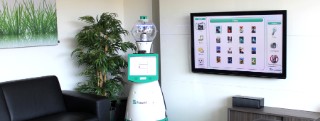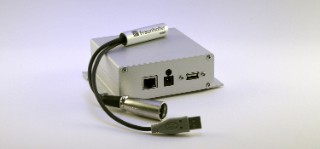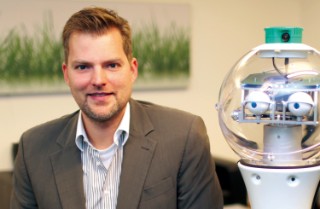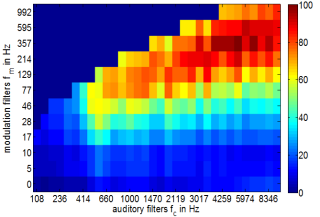Robots that help older people in everyday life are no longer something from a science fiction film. The communication assistant “ALIAS” (Adaptable Ambient Living Assistant) is designed to help older people to live independently at home and to maintain their social contacts.
more infoAn insight into our research
-
Project ALIAS
An insight into our research

-
Project Ear-It
An insight into our research

Scientists at the Fraunhofer IDMT investigated this question as part of the two-year European research project »EAR-IT«. The project also examined the question of whether and under which conditions people welcome the use of acoustic technologies in their living environment.
more info -

The human sense of hearing is a highly-developed system: when we want to follow a conversation, we can block out disturbing background noise. At the same time, we perceive alarming noises immediately even under noisy conditions. We can predict with a good degree of accuracy the direction from which a noise is coming and how far away the source of the sound is. And all this with only two ears as sound receivers. In fact, most of the work actually takes place between the ears. In order to teach computers to hear, scientists from the Division for Hearing, Speech and Audio Technology at the Fraunhofer IDMT work together with scientists conducting fundamental research at the University of Oldenburg to develop computer models that simulate the human sense of hearing. The application fields for the technology extend from Smart Home and Smart City through to Industry 4.0. Interview with Dr.-Ing. Stefan Goetze
more info -

Darstellung eines akustischen Signals durch das PEMO-Modell
Lena Schell-Majoor works in the Division for Hearing, Speech and Audio Technology of the Fraunhofer IDMT in the area of audio quality and auditory modelling. She is currently completing her doctoral degree on the subject of quality assessment of noise in the Department for Medical Physics and Acoustics at the Carl von Ossietzky University Oldenburg. In 2015, Schell-Majoor received the »For Women in Science« advancement award of the German Commission for UNESCO, L´Oréal Deutschland and the Christiane Nüsslein-Volhard Foundation.
more info
 Fraunhofer Institute for Digital Media Technology IDMT
Fraunhofer Institute for Digital Media Technology IDMT